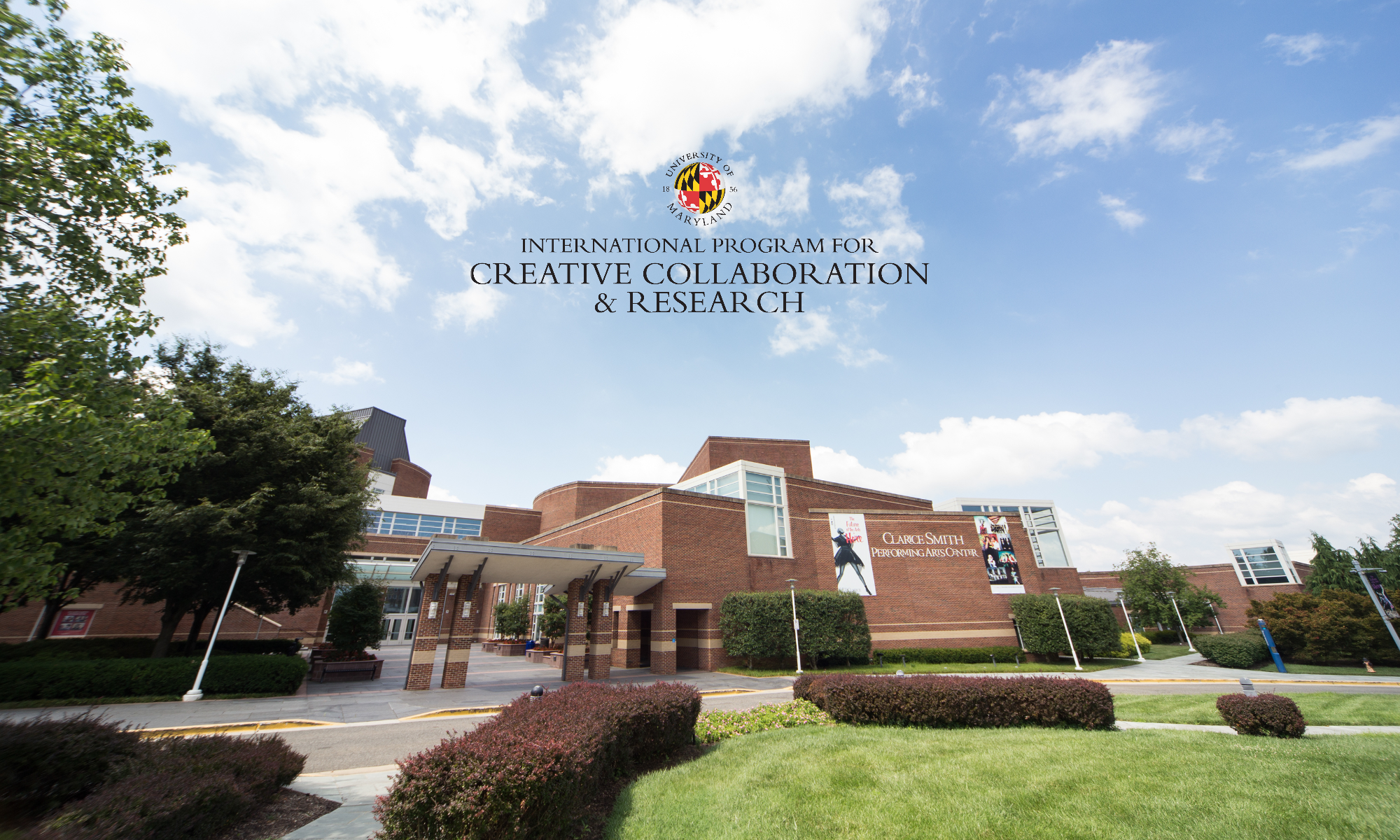
In the summer of 2019 I travelled to Prague, Czech Republic to participate in an exhibition featuring my work on Macbeth as produced by The Chicago Shakespeare Theatre in 2017. My work was chosen for this juried exhibition to represent the United States by members of The United States Institute of Theatre Technology. Other American set, lighting, and costume designers included Todd Rosenthal, Anna Kuzmanic, Gregory Gale, Marcus Doshi, Ehrard Rohm, and Tyler Micoleau. This trip was funded by the IPPCR and School of Theatre, Dance, and Performance Studies faculty travel support. Held once every four years since 1967, the Prague Quadrennial is the world’s largest event in the field of scenography and offers a competitive presentation of contemporary performance design — including costume, stage, lighting, sound design, and theatre architecture for dance, opera, drama, site-specific, multi-media performances, and performance art. Over 80 countries were represented in 2019. The exhibit is now hosted on The USITT website and be found at http://pq19.usitt.org/professional/.
At the exhibit in Prague I had the opportunity to view work of stage designers from all over the world and to attend dozens of live performance events at the exhibit pavilion as well as throughout the city of Prague. When I returned to The University of Maryland in the fall I created several exhibits for the students of TDPS and gave an hour-long presentation to the faculty and twenty MFA Design students.









